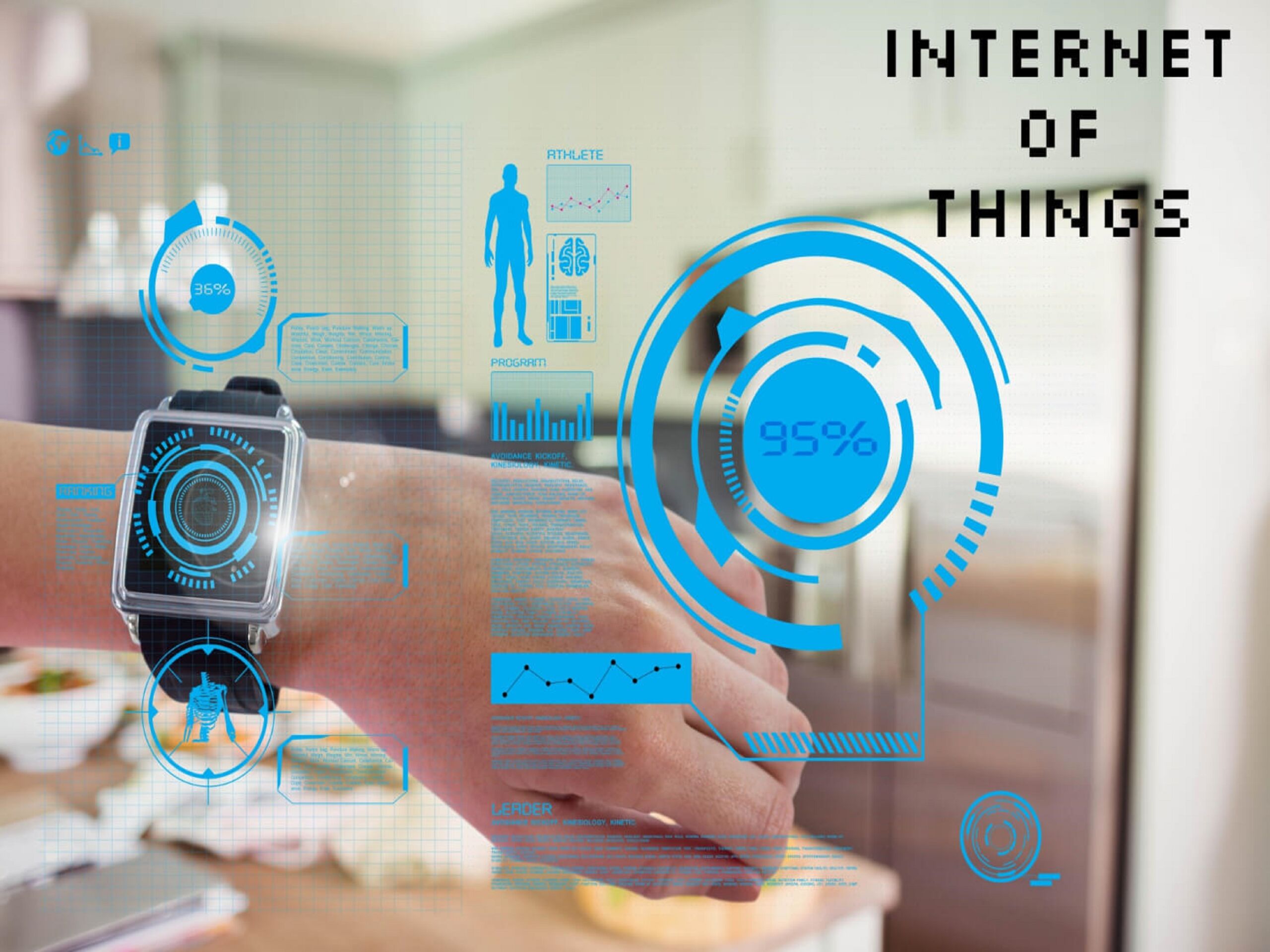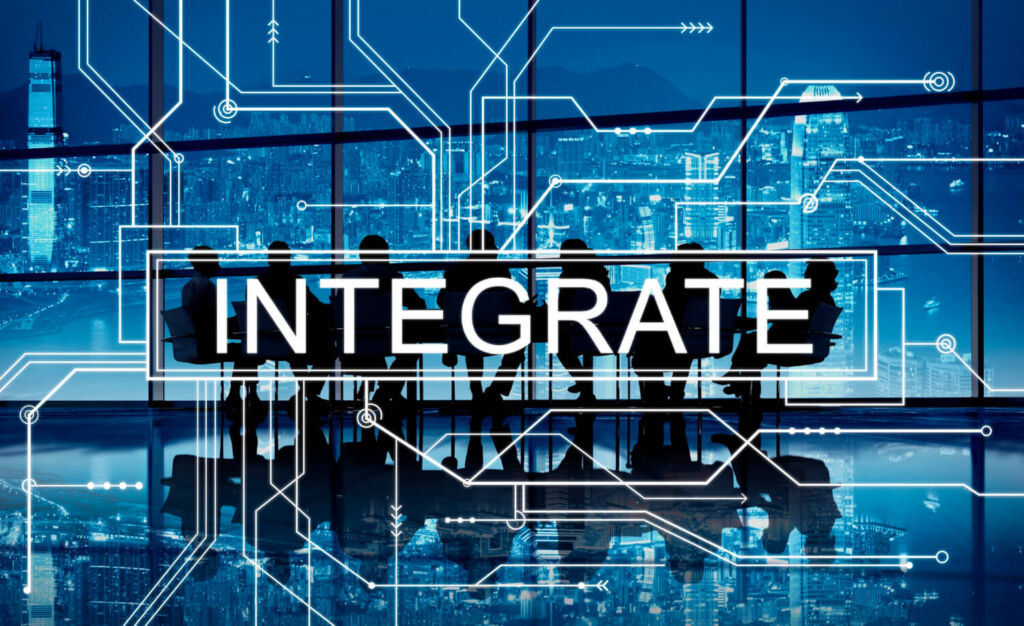

July 27, 2022
The advent of the Internet of Things (IoT) has completely transformed our interaction with ordinary objects and devices. IoT technology offers immense potential for enhancing efficiency and productivity, from smart homes to industrial automation.
However, the seamless integration of IoT devices and applications requires. A systematic approach to development and operations. DevOps takes center stage in this scenario.
In this article, we will explore the role of DevOps consulting services in IoT technology. Get a comprehensive guide for successfully implementing DevOps practices in IoT projects.
DevOps is a set of practices and cultural philosophies that aim to bridge the gap between development (Dev) and operations (Ops) teams in the software development process. It aims to streamline the software development lifecycle and ensure continuous delivery of high-quality software products. DevOps practices involve automation, agile methodologies, and close collaboration among developers and system administrators.
IoT technology refers to the network of interconnected devices, sensors, and software applications that enable data exchange between physical objects. These objects range from everyday consumer devices such as smart thermostats. And wearables to complex industrial machinery and infrastructure. The key components of an IoT system include sensors, connectivity, data processing, and applications that leverage the collected data for various purposes.
DevOps has become an integral part of modern software development. And its importance is amplified in the context of IoT device development and deployment. Managing and updating IoT devices remotely is a crucial requirement. Given that these devices may be inaccessible. This is where DevOps methodologies prove to be essential.
DevOps practices, including continuous integration and continuous delivery (CI/CD), allow consistent and reliable updates to IoT devices. It helps developers stay on top of any issues and ensure their products are always up-to-date. DevOps software development is essential for efficient, streamlined, and effective IoT deployment in today’s fast-paced world.
Furthermore, considering the rapid advancements in IoT technology. The ability to adapt swiftly to changes and emerging developments is of utmost importance. In this aspect, the significance of DevOps cannot be overstated.
By integrating development and operations teams, DevOps facilitates an agile response to changes and enables prompt resolution of issues. The collaboration and seamless coordination between these two crucial domains allow organizations to stay ahead of the curve in the dynamic IoT landscape.

Regarding IoT development, speed is essential and can often make the difference between a successful product and a failed one. That’s where the DevOps approach comes in. It enables developers and operations teams to work together from the outset, speeding up product cycles.
Through continuous integration and delivery, new features and updates can be developed, tested and deployed in record time. It allows companies to swiftly meet market demands. This approach results in more reliable and robust software that meets the needs of businesses. Embracing the DevOps approach in IoT development can give companies a significant competitive advantage.
The role of DevOps in IoT development is pivotal in ensuring high-quality and reliable applications. In traditional software development methods, testing and quality assurance are often looked into after development.
However, with the implementation of DevOps practices. Testing is continuously conducted throughout the development process. It identifies issues and mistakes earlier, leading to higher quality and more reliable software.
This increased reliability and high-quality output are crucial in IoT development. Especially when devices are deployed in critical applications such as healthcare or transportation. DevOps software development methodologies ensure that applications are thoroughly checked to meet. The high standards required in today’s technological environment.
In the world of IoT, scalability and flexibility are becoming increasingly important as the number of devices continues to skyrocket. This is where DevOps helps, providing crucial tools and practices that enable IoT systems’ smooth management and monitoring.
Infrastructure as code (IaC) is a DevOps practice that defines and manages the infrastructure needed to run an IoT application as code. It makes it easy to replicate and scale as needed. Additionally, DevOps employs containers and microservices. Which allow applications to be broken down into smaller. More manageable components that can be scaled independently.
By utilizing these methods, DevOps can ensure that IoT systems are efficient and adaptable to the ever-evolving landscape of the IoT world.
When applying DevOps to IoT projects, several principles need to be considered:
Automation and orchestration are crucial in managing the complexity of IoT systems. Organizations can reduce manual effort and improve efficiency by orchestrating the interaction between devices, software, and infrastructure.
Modular design and reusable components allow for easier management and scalability of IoT applications. By breaking down complex systems into independent modules, developers can update and scale individual members without affecting the entire system.
Continuous integration and deployment (CI/CD) practices are essential in IoT development to ensure seamless integration of new code and features. Regularly merging code changes, running automated tests, and deploying updates help maintain the functionality of the IoT system.
Iac facilitates the control and setup of infrastructure resources. Using configuration files that can be processed by machines. IaC allows for consistent deployment and scalability of the underlying infrastructure in IoT projects. It makes it easier to manage many devices and data streams.

Integrating Continuous Integration/Continuous Delivery (CI/CD) practices within IoT application development has increased efficiency and reduced development cycles. By automating the build, test, and deployment stages, DevOps practices help to streamline the development process and improve the quality of IoT products.
With the rise of IoT devices and applications, it is essential to adopt DevOps methodologies to ensure the rapid delivery of new features. It boosts the overall quality and reliability of IoT systems.
At the forefront of implementing DevOps in IoT development are DevOps Consulting Services. They help organizations navigate the intricacies of this emerging field. These services ensure that IoT products remain competitive and innovative by enabling seamless workflows and facilitating better collaboration between development, operations, and testing teams.
IaC involves managing and provisioning computing infrastructure through machine-readable definition files, which removes the need for physical hardware configuration. This process can be beneficial for controlling the complex infrastructure required for IoT applications.
By using IaC, developers can quickly and reliably set up infrastructure that can be easily replicated. It simplifies the scaling process as the number of connected devices grows. Overall, IaC is a powerful tool that can help to ensure a smooth and efficient method for managing IoT infrastructure.
Two practices that have gained significant popularity are containers and microservices. Containers are a complete package of everything needed to run an application. While microservices structure an application as a collection of small, loosely coupled services. When used together, these practices simplify the development. Testing, and deployment of IoT applications.
Additionally, they provide scalability and flexibility to IoT systems. Helping them adapt to changing requirements as the number of connected devices grows. By incorporating containers and microservices into IoT applications, businesses can stay ahead of the competition.
Implementing DevOps in IoT projects requires careful planning and consideration. Here are some best practices to follow:
The convergence of DevOps and IoT technology presents immense opportunities for organizations looking to utilize the full potential of connected devices and applications. By adopting DevOps practices tailored to IoT development, businesses can ensure efficient collaboration and reliable operation of their IoT systems. From continuous integration and deployment to infrastructure as code, implementing DevOps principles will pave the way for successful IoT projects.